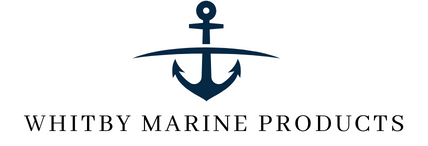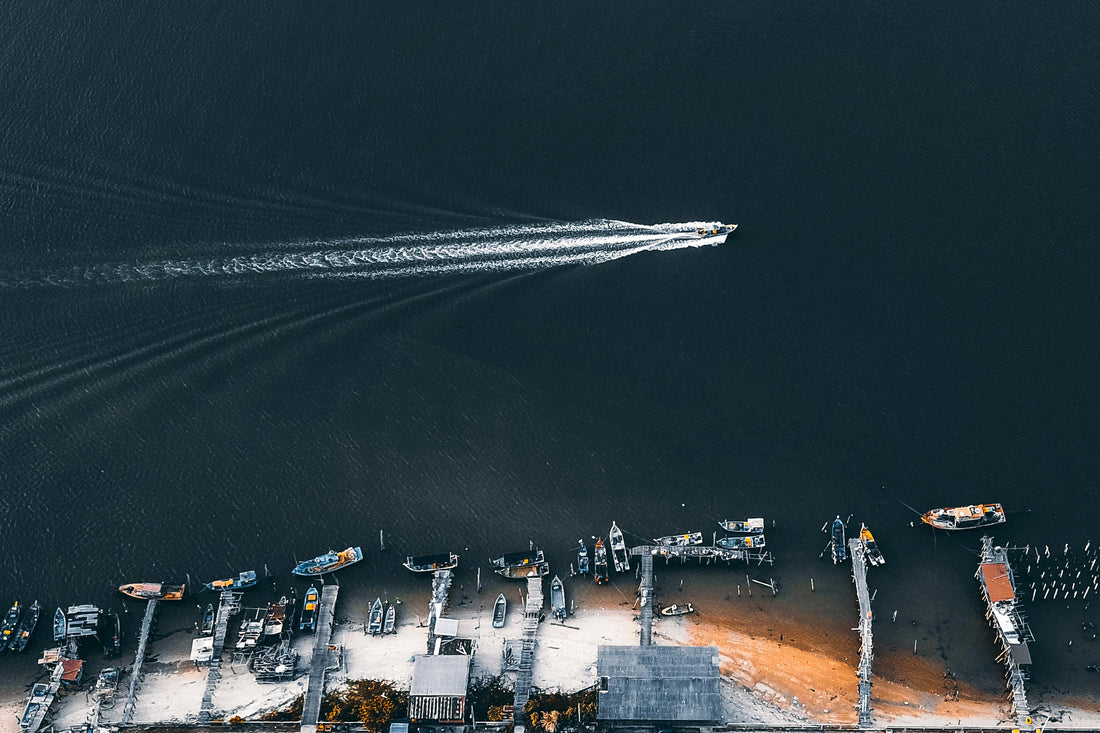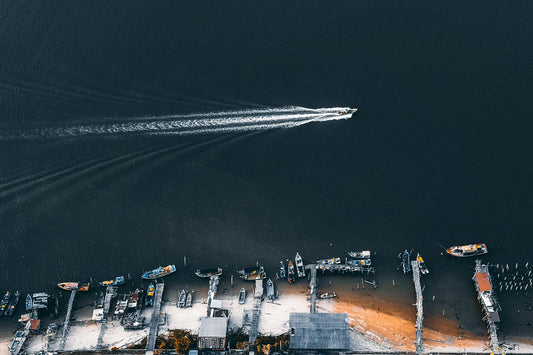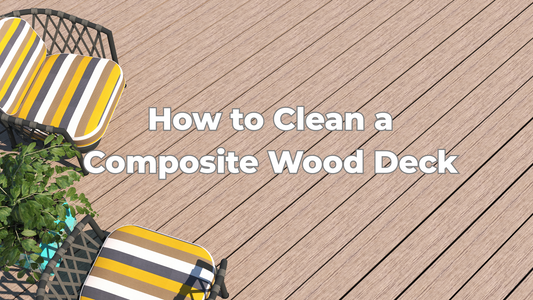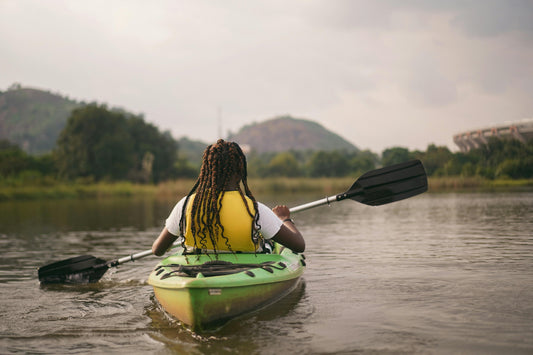Choosing the right marine compound comes down to one thing: match the compound to the job you're doing.
Key Takeaways
-
Heavy-cut compounds remove deep oxidation and scratches.
-
Medium-cut compounds refine surfaces and prep for polish.
-
Finishing polishes add depth, gloss, and that final shine.
-
Use the right pad and tool to get the best result.
-
Always finish with a sealant or ceramic coating.
Start With the Surface Condition
Before you even pick up a buffer, check your boat's gelcoat or paint.
-
Oxidized and chalky? Start with a heavy-cut compound like Starke Level-R.
-
Light swirls or faded gloss? A medium-cut compound like Starke Elevate may be all you need.
-
Already in good shape? Go straight to a finishing polish like Starke Triple P.
You’re not just polishing—you’re correcting and prepping the surface.
What Are Marine Compounds, Really?
In short, marine compounds are abrasive pastes. They’re designed to remove surface imperfections in gelcoat and paint.
There are 3 main types:
Heavy-Cut Compounds
-
Use for: Severe oxidation, 600–800 grit sanding marks
-
Example: Starke Level-R
-
Pro Tip: Always follow with a lighter polish
Medium-Cut Compounds
-
Use for: Light oxidation, swirl removal, and general correction
-
Example: Starke Elevate
-
Pro Tip: Great middle step when heavy cut is too much but finishing polish isn’t enough
Finishing Polishes
-
Use for: High-gloss finish and swirl-free clarity
-
Example: Starke Triple P
-
Pro Tip: Use a soft pad and take your time—this step is about refinement
Tools and Pads Matter
Choosing the right pad is just as important as picking the right compound.
Match Your Pads:
-
Wool Pads: Aggressive—pair with heavy-cut compounds
-
Foam Cutting Pads: Good for medium correction
-
Finishing Pads: Soft foam for gloss and polish stages
Use a dual-action or rotary polisher depending on your skill and confidence. Rotary gives faster results but requires more control.
One Step vs. Two or Three
Wondering if one product can do it all? Sometimes yes—but usually no.
-
One-step compounds are great for maintenance or lightly oxidized boats
-
Two or three steps give better results when restoring older or more neglected finishes
Starke Elevate and Triple P can be a killer combo if you’re looking to bring back clarity and gloss without jumping into heavy correction.
When to Add a Coating
After compounding, your boat’s surface is exposed and clean. Now’s the time to protect it.
Use:
-
Liquid Kraken Ceramic Coating for long-term gloss and UV defense
-
Hyper Hold Pro for a quick-seal spray option
Never skip protection after polishing. You’ll lock in your work and make future cleaning easier.
Common Mistakes to Avoid
-
Skipping surface prep – Wash and clay first.
-
Using too much product – Less is more.
-
Wrong pad with the wrong compound – It’ll just waste time.
-
No follow-up protection – Your work won’t last.
Want a Quick Reference?
Here’s what to use and when:
| Surface Condition | Compound | Pad Type | Follow-Up |
|---|---|---|---|
| Heavy oxidation | Level-R | Wool/Heavy Pad | Elevate + Coating |
| Light oxidation | Elevate | Foam Pad | Triple P + Coating |
| Good condition | Triple P | Finishing Pad | Coating or Sealant |
What We Recommend
All of the compounds mentioned above are available at Whitby Marine Products. We test and use every product we carry, and we’re happy to walk you through your options.
Shop Marine Compounds That Work
Browse Compounds Now
